Click to view our Accessibility Statement or contact us with accessibility-related questions






PRODUCTS YOU MAY LIKE
Trending Posts in Audiophile
AntonetteCBak
Tips for Setting Up a Trading Desk with a Laptop
Creating an efficient and organized trading desk with just a Best laptops for trading requires a strategic approach to maximize productivity and trading success. Whether you’re a beginner or a seasoned trader, having the right setup ensures seamless execution of trades, minimizes errors, and keeps you focused. Below are essential tips to set up a professional trading desk using a laptop. Invest in a high-performance laptop tailored to trading needs. Opt for a model with a fast processor (e.g., Intel i7 or AMD Ryzen 7), at least 16GB of RAM, and a solid-state drive (SSD) for quick data access. Ensure the laptop has multiple ports for connecting peripherals and a high-resolution display for crisp chart visibility. Trading often involves monitoring multiple charts, news feeds, and trading platforms simultaneously. Connect your laptop to external monitors using HDMI or USB-C ports to expand your workspace. Dual or triple monitor setups allow for better multitasking and a...
Nov 21, 2024

abhinavkumar
Company Information in Dubai
Get comprehensive company information in Dubai, including registration requirements, licensing options, and compliance guidelines. Whether you’re exploring free zones, mainland, or offshore setups, our expert resources provide insights to help you make informed business decisions. Navigate Dubai’s business landscape with clarity, from legal requirements to operational support for a successful establishment. For more details:- https://leelainternational.com/
Nov 21, 2024

Leafwise
Show off your carry / bag / case / setup for your Head-Fi gear ✨
As subject, what do y'all carry your gear in for out-and-about/day-to-day and then for travel, if anything other than pockets?
Nov 19, 2024
keegu22
More bass!
I currently have the the HD 6XX, which sound great but, I'm am looking to upgrade the power of the bass as i really enjoy punchy low end EDM music. Any suggestions in the $200-$300 price range would be awesome.
Nov 13, 2024

danielj9
Trying to add Topping LA90D amp to Topping A9D preamp
Any help would be appreciated...I added an amp to my streamer, dac, headphone amp/preamp system and am now not getting any music through the headphone jacks on the preamp - the specifics: Wiim Pro Plus - optical connection to - Topping D50 iii dac - TSR to XLR connection to - Topping A9D headphone amp/preamp (all worked fine as a headphone amp until I tried adding:) - XLR connection to - Topping LA90 D amp. Amp switches are set to bypass, stereo, low gain. In this configuration, I am not getting any music to either my SE or XLR headphone jacks. I made sure I switched the A9D to "preamp" and "xlr" modes. I have no idea what I might be overlooking or missing...any thoughts would be deeply appreciated! Thank you.
Nov 11, 2024

Tremuh
Trying to find new headset
I currently am rocking the beyerdynamic DT 990 Pros and have been for a while now, along with a go xlr! I was trying to see what other headset you guys recommend along with something to replace the xlr? Thank you!
Nov 7, 2024

aiden.miller
Mic not working pc38x
I just got my pc38x in the mail today and the out put is quiet but fine and I'm happy. But the mic will not work when on my Xbox series and I was wondering if this issue can be resolved or if the head set is not compatible with Xbox.
Nov 4, 2024

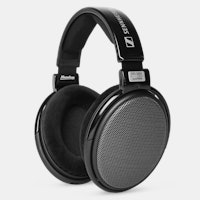

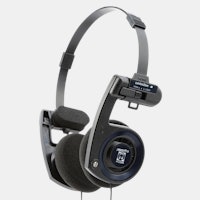
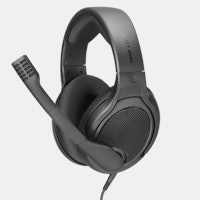
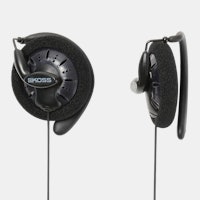
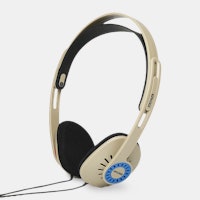
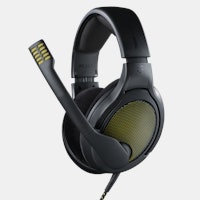
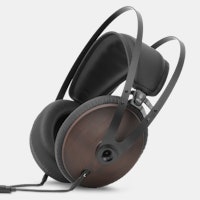
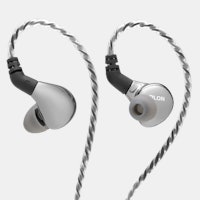

If you listen to high sensitivity + constant impedance headphones then there is no need for these kind of devices
everyone hear's "microwave" and thinks about the type of oven, but that only heats water&fat because they have a resonant frequency that the ovens stimulate. when they get old they get detuned and they literally can't heat water at all. if phones used the same frequencies, whenever it rained, or was foggy, or even cloudy, you would get no signal whatsoever.
finally, microwave ovens are rated at things like 700W or 1200W for a reason, that's their output power. (their input is normally higher. older microwaves are between 40-60% efficient, so a 1000W model would draw up to 2.5kW.)
the capacity of phone batteries is nowadays around 2000-3000mAh. 10-15 years ago, it was more like 600-1000, and the strength of cell signals hasn't changed, the extra power is for all the extra smartphone functionalities. so, rememberingphones like old nokias, let's assume 800mAh is equal to a week of standby time, and up to about 6 hours of talk time. phones use 3.6VDC, or 2.88Wh for the duration.
2.88Wh means the phone could do a 2.88-watt activity for an hour, a 5.76-watt activity for 30 minutes, etc.
my particular microwave oven, which is extremely efficient, gets 800W output power from 1000W on 240VAC.
since current can be determined by watts divided by volts, we can discover the microwave oven uses 4 amps. "amp hours" (Ah) are a measurement of stored current, and an amp hour is how much power is used by an amp, in an hour. a cell phone can do at least 6 hours of talk time on about 800mAh, thousandths of amp hours, or 0.8 amp-hours. 0.8 divided by 6 is 0.133, for 0.133Ah-per-hour of talk time. (these calculations are all done with A instead of mA, just because that's the convention and helps to avoid error caused by getting the decimal place in the wrong place, etc)
so, microwave oven uses 1000W, and usually runs for about 5 minutes. 5 minutes is one-twelfth of an hour. this equates to about 83 watt-hours. the phone battery would be able to power the microwave for about 8.6 seconds.
the same battery would let you have a conversation for 6 or more hours. provide a week between charges. and in fact, modern low-power technology etc can run such a "dumbphone" for a whole month between charges on the same size of battery.
this is the kind of huge order-of-magnitude difference between the transmitter in your phone, and the magnetron in your microwave oven.
plus, if you're listening to music on your phone you're wearing headphones and your phone's in your pocket, which is what people recommend if you want to avoid putting it next to your head anyway, making this all completely moot anyway.
but, regardless, cell transmissions from your phone run between 0.6 watts and 3 watts, depending on the distance to the tower (less bars = higher battery use). old fashioned radio signals blast across the country at 5, 10, sometimes 100 or more kW! that's tens of thousands of watts! compared to 3! but you don't think listening to the radio gives you cancer, right?
and, lastly, wifi is much lower power than cell signals, and bluetooth even lower. a smartphone that needs charged daily can become charging once every 7-10 days if the network provides "wifi calling", because then the signal only needs to travel a few tens to hundreds (sometimes thousands, depending on the router's power) of feet within your house, rather than sometimes a few miles away. and bluetooth can only go between about 90 and 300 feet. considerably lower power. we're talking milliwatts.
you'll be fine, they're fine, everything is fine.
Those of us who have invested in higher end headphones/earphones appreciate the better audio performance from the dedicated high resolution DAC and more powerful AMPs.
Most people are satisfied with the standard smartphone audio, others want something more to compliment there more costly gear. So either a standalone DAP (digital audio player) or one of the few smartphone that actually offers high quality audio output.